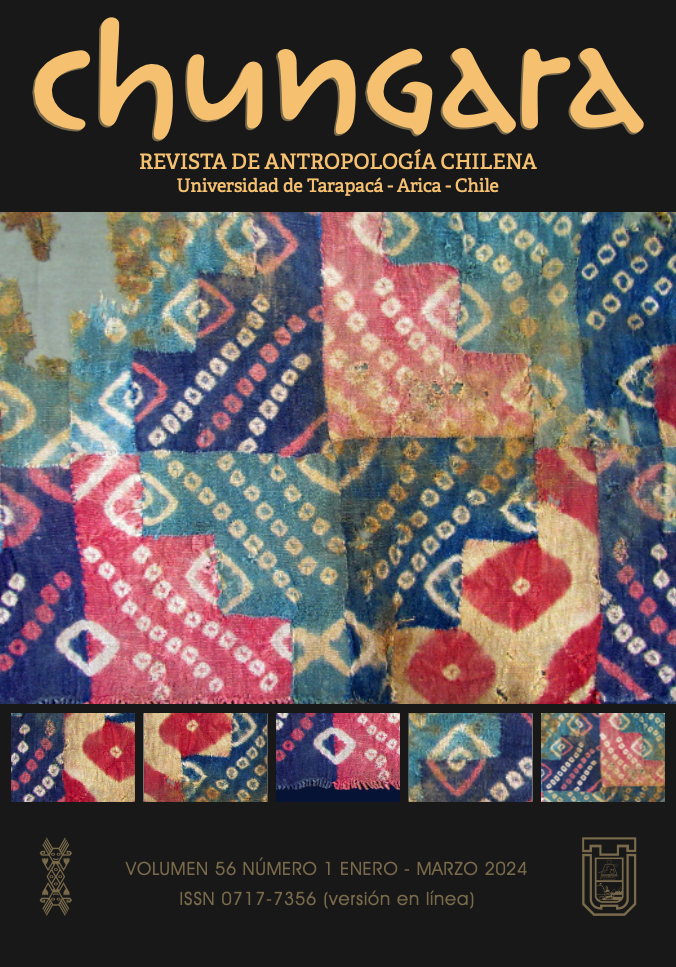20225403(en)/1 - Patagonian Evolutionary Archaeology and Human Paleoecology: The Imprint of Luis Alberto Borrero in the Interpretation of Hunter-Gatherer Studies of the Southern Cone
PATAGONIAN EVOLUTIONARY ARCHAEOLOGY AND HUMAN PALEOECOLOGY: THE IMPRINT OF LUIS ALBERTO BORRERO IN THE INTERPRETATION OF HUNTER-GATHERER STUDIES OF THE SOUTHERN CONE
LA ARQUEOLOGÍA EVOLUTIVA Y PALEOECOLOGÍA HUMANA EN PATAGONIA: LA IMPRONTA DE LUIS ALBERTO BORRERO EN LA INTERPRETACIÓN DE LOS ESTUDIOS DE CAZADORES-RECOLECTORES DEL CONO SUR
César Méndez, Juan Bautista Belardi e Iván Muñoz Ovalle
No cabe duda del inmenso aporte teórico, metodológico y regional que ha hecho el Dr. Luis Alberto Borrero a la arqueología del Cono Sur. Sus investigaciones han inspirado a colegas y estudiantes, principalmente en Argentina y Chile, los cuales a través de sus propios trabajos originales exponen acerca de cómo algunas concepciones del Dr. Borrero han moldeado sus propios proyectos de investigación regional. A través de estos trabajos podemos apreciar la impronta que ha dejado el Dr. Borrero a lo largo de los últimos 40 años de investigación sistemática. La riqueza de su aporte va desde la aplicación de la teoría evolutiva, el análisis de casos etnográficos al servicio de la interpretación arqueológica, el principal modelo de poblamiento continuo de la Patagonia, el desarrollo de la tafonomía regional, y varios constructos útiles como el de “los callejones sin salida andinos” o el de las “tecnologías durmientes”. Estas líneas teóricas, metodológicas e interpretativas han configurado la manera como estudiamos el pasado en Patagonia y en la región más amplia del Cono Sur. La trascendental importancia de su trabajo en la interpretación de la biogeografía, restos humanos, tecnología y tafonomía y de la fauna de sitios arqueológicos es visible tanto en sus propias contribuciones como en las de otros que han identificado tales ideas como valiosas para construir sus propios programas de investigación.







